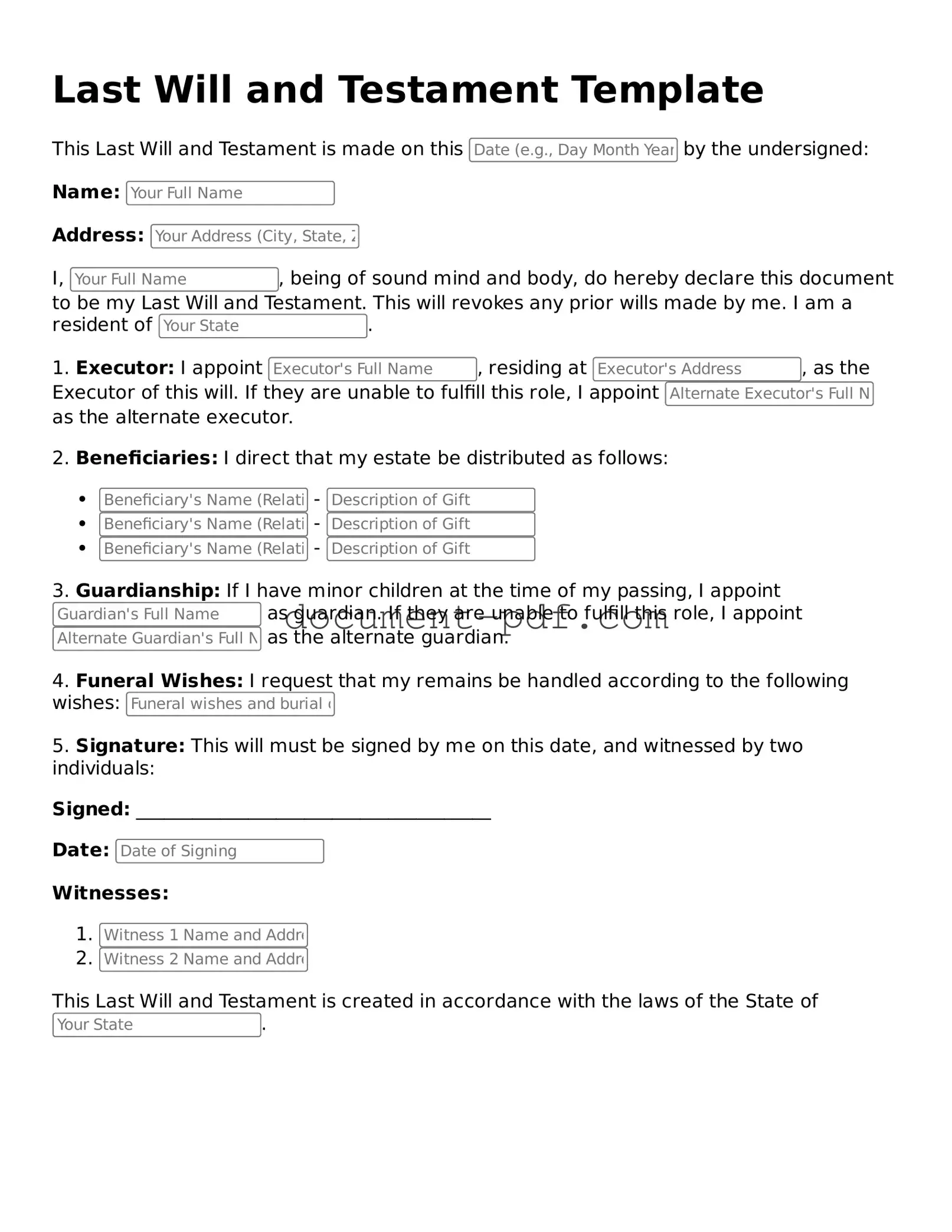A Living Will is a document that outlines your preferences regarding medical treatment in case you become unable to communicate your wishes. Like a Last Will and Testament, it reflects your desires and ensures that your choices are honored. However, while a Last Will deals with the distribution of your assets after death, a Living Will focuses on your healthcare decisions during your lifetime.
A Trust is another important legal document that serves a similar purpose to a Last Will. It allows you to manage your assets during your lifetime and dictate how they will be distributed after your death. Unlike a Last Will, which goes through probate, a Trust can help your beneficiaries avoid this process, offering a more private and potentially quicker transfer of assets.
A Durable Power of Attorney grants someone the authority to make financial decisions on your behalf if you become incapacitated. This document is similar to a Last Will in that it ensures your wishes are followed, but it operates during your lifetime rather than after your death. It’s a proactive way to manage your affairs when you cannot do so yourself.
A Healthcare Power of Attorney allows you to designate someone to make medical decisions for you if you cannot make them yourself. Similar to a Last Will, this document ensures your wishes are respected. However, it is specifically focused on healthcare, while a Last Will addresses the distribution of your estate.
An Advance Directive combines elements of a Living Will and a Healthcare Power of Attorney. It outlines your medical preferences and appoints someone to make decisions on your behalf. This document ensures that your healthcare wishes are clear and can be executed, similar to how a Last Will ensures your estate is managed according to your desires.
A Codicil is a legal document that amends an existing Last Will and Testament. It allows you to make changes without creating an entirely new will. This flexibility is crucial for adapting your estate plan to reflect life changes, much like how a Last Will serves as a foundational document for your wishes regarding asset distribution.
When selling a vehicle in California, it's essential to have the proper documentation in place to ensure a smooth and legal transaction. The Motor Vehicle Bill of Sale form is an important tool to facilitate this process, as it records the details of the sale, including information about both the buyer and seller, the vehicle itself, and the agreed purchase price. Having this form completed accurately protects the interests of all parties involved and helps make the transfer of ownership seamless.
A Letter of Instruction is not a legally binding document but serves as a guide for your loved ones. It can accompany your Last Will and Testament, providing additional context about your wishes, assets, and funeral arrangements. While it lacks legal weight, it complements your will by adding personal touches and clarifying your intentions.
An Estate Plan encompasses various documents, including a Last Will, Trusts, and Powers of Attorney. It is a comprehensive approach to managing your assets and healthcare wishes. Each component works together to ensure that your desires are fulfilled, similar to how a Last Will specifically addresses the distribution of your estate.
A Prenuptial Agreement is a contract made before marriage that outlines the distribution of assets in the event of divorce or death. While it may seem unrelated, it shares similarities with a Last Will by addressing asset distribution. Both documents aim to protect your interests and ensure that your wishes are respected, whether during your life or after your death.
